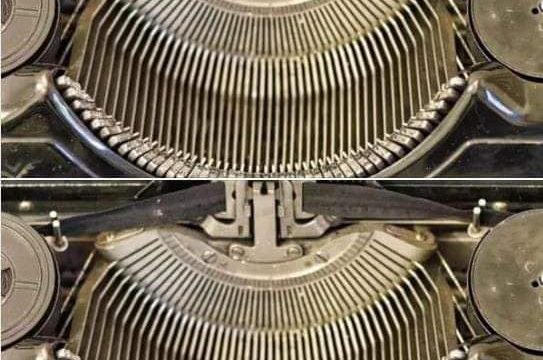
Vintage Glass Tube Cutters: Tools of Precision and Craftsmanship
Vintage glass tube cutters are intriguing tools with a fascinating history. They played a vital role in many industries, ranging from scientific laboratories to glassblowing workshops. Exploring their history, usage, and lasting impact reveals their significance and their lasting relevance in today’s world.
The History Behind Vintage Glass Tube Cutters
The concept of glass tube cutting dates back to the early 20th century, when the need for precise glass cutting became crucial for various scientific and industrial purposes. Before modern cutting tools existed, glassworkers used rudimentary methods that often led to imprecise results, wasting valuable glass. The vintage glass tube cutter was introduced as a solution, aimed at providing accurate and clean cuts. Early versions of these cutters used a simple mechanism: a rotating cutting wheel to score the glass, which was followed by snapping the tube along the scored line.
Over time, as technology advanced, these glass tube cutters evolved. Better materials were used, and more sophisticated mechanisms were added to improve both the durability and precision of these tools. They paved the way for glassworkers to carry out intricate tasks with much greater efficiency, giving birth to an indispensable tool for those in the glass industry.
How Vintage Glass Tube Cutters Were Used
Vintage glass tube cutters found their primary use in laboratories, workshops, and manufacturing environments where precision was key. In scientific laboratories, they allowed scientists to accurately cut glass tubing for experiments and laboratory apparatus, which was essential for conducting precise work. In glassblowing and crafting, the cutters helped artisans make custom glass pieces, providing clean, straight cuts that were crucial for achieving desired results.
The design of these cutters was both practical and efficient. Typically, they featured a handle, a rotating cutting wheel, and a guiding mechanism. The user would roll the wheel to score the surface of the glass. Then, applying a gentle amount of pressure, the glass tube would be snapped cleanly along the scored line. This process not only minimized waste but also produced consistent results, which were important when working on complex projects or delicate laboratory setups.
Legacy and Enduring Impact
The legacy of vintage glass tube cutters can still be seen today, as they greatly influenced the development of modern glass cutting tools. The fundamental concept of scoring and snapping the glass has not changed, even with the invention of automated and more precise cutting equipment. Vintage cutters, through their design and practicality, laid the foundation for innovations that came later.
Today, collectors and enthusiasts admire vintage glass tube cutters for their craftsmanship and historical significance. These tools symbolize a period when manual precision was the backbone of glassworking, reflecting the skill and ingenuity of early glassworkers. Their design also demonstrates the importance of hands-on expertise in creating the most effective cutting tools, which remains a valued concept even with today’s advanced technologies.
Conclusion
Vintage glass tube cutters represent more than just functional tools; they stand as symbols of craftsmanship and the progression of technology in glassworking. By understanding their history, purpose, and ongoing influence, we gain an appreciation for the advancements in glass-cutting technology that have come over the years. These early tools remind us of the importance of precision, skill, and the enduring value of well-designed equipment that continues to shape modern methods.





